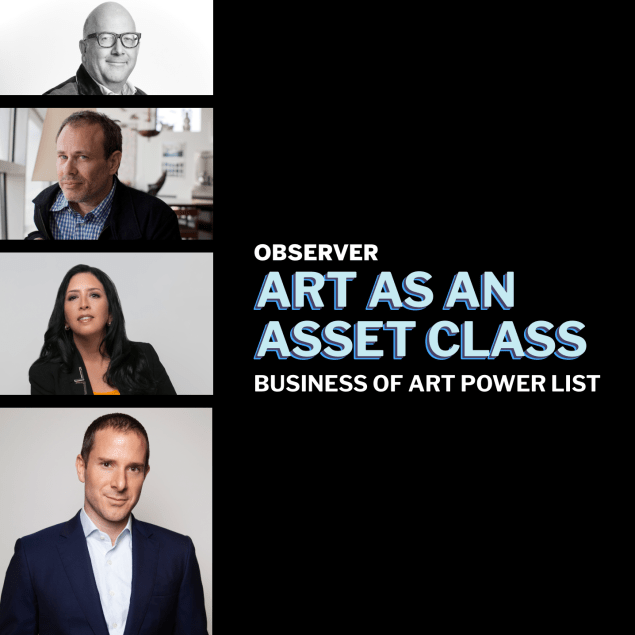Art has always been an asset but until recently, art funds were not particularly popular. “Despite the potential for strong returns and low correlation to the stock market, global art funds have been struggling to attract investor interest,” Barron’s wrote in 2019, pointing out that the assets in these funds slid from $2.1 billion in 2012 to $830 million in 2017. The thinking used to be that if you wanted art to diversify your portfolio, you could just buy a painting, hang it on your wall, have your friends ogle it and otherwise enjoy the collector experience.
This year, the same publication wrote an article headlined “The Fractional Art Market Keeps on Expanding.” People are once again eager to treat art as an asset and, despite high interest rates, excited to commoditize it in the way we’ve seen happen with other financial products. Masterworks—a platform for buying and selling shares of blue chip artwork—has done much to popularize this concept, though there has been a lot of heat behind Harold Eytan and Loic Gouzer’s Particle (another co-ownership platform), via which the former Christie’s dealmaker entered this increasingly populated financial space. Last year saw the launch of the Switzerland-based Artemundi, and Freeport, based in Delaware, launched this past May. This year also brought us the “IPO” of Francis Bacon’s Three Studies for a Portrait of George Dyer (1963) by the Lichtenstein-based Artex.
Masterworks and its ilk wouldn’t have been possible in the past, according to Evan Beard, executive vice president of private sales at Masterworks. “The reason it’s changed is because you have a generation of collectors very financially driven in their collecting,” he told Observer last year. According to Beard, today’s collectors are more focused on financial gain; have backgrounds in private equity, real estate, hedge funds and tech entrepreneurship; and are just not as interested in the aesthetic pleasure of artwork as the collectors of yesteryear.
This segment of the marketplace does show a geographical bias for areas where the population of LLCs tends to outnumber the population of actual people. Nonetheless, this segment of the market is growing, thanks in no small part to the influence of the people below.







